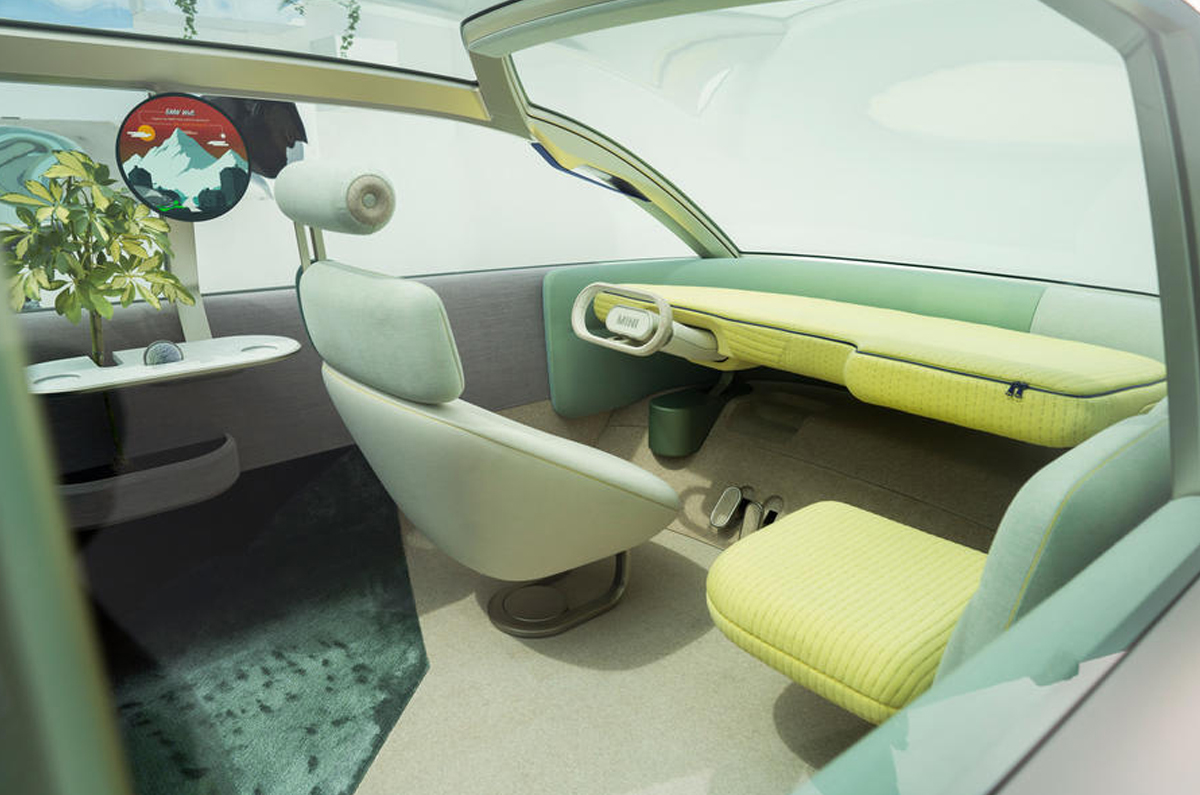Ford was among the first multi-national automotive companies to enter our market back in 1994. Now, 27 years on, the American carmaker is stopping the production of its cars and SUVs in India.
It announced today that manufacturing of vehicles for local sale will cease immediately while export manufacturing will wind down at the Sanand plant by Q4 2021, and the Chennai engine and vehicle plants by Q2 2022.
However, the brand will continue to operate selling imported CBU models and has also announced that it will “significantly expand its 11,000-employee Business Solutions team in India in coming years to support Ford globally.”
- Ford to shut Sanand and Maraimalai Nagar plants
- Export operations to cease as well
- Ford to continue in India with CBU imports and back end operations
Why is Ford ceasing production?
There are a variety of reasons for Ford pulling the plug on its manufacturing operations in India at Sanand and Maraimalai Nagar plants, but the key reason is that plant capacity utilisation has been unsustainably low. Combined, the two facilities have a capacity of producing 4,00,000 units annually, though in recent times Ford has only managed to produce 80,000 cars (20 percent of the capacity), with half of those being made to export.
Jim Farley, Ford Motor Company’s president and CEO said via the release “Despite investing significantly in India, Ford has accumulated more than $2 billion of operating losses over the past 10 years and demand for new vehicles has been much weaker than forecast.”
Such low output figures paired with the fact that the Sanand plant was originally built to meet Ford’s global standards, means that it has been too expensive to make cars for our market profitably at said plant.
In comparison, the Maraimalai Nagar facility did allow for more cost-effective manufacturing. However, even sustaining this single plant where the EcoSport and Endeavour– two of the brand’s most popular models – are made, isn’t financially viable. This is especially true when you consider Ford’s dated India line-up, the low demand for its range and the lack of any new mass market models on the horizon.
What is the future for Ford in India?
As announced Ford will continue to have a presence in India and will increase its business solutions team that will support Ford globally, the team will focus on engineering, technology, and business operations. The company also said via its release that India will remain Ford’s second-largest salaried workforce globally and in addition to Ford Business Solutions, Ford India will continue engine manufacturing – until Q2 2022 – for export.
That said however, Ford says that about 4000 employees are expected to be affected by the developments and the company will work with the employees, unions and all stake holders to plan a fair settlement.
What does this mean for Ford customers in India?
The move to shut local production will certainly hit existing owners however Ford has committed to continue full support operations with service, aftermarket parts and warranty services. Dealers too will be operational as the network would still exist to support the CBU business. However customer touch points may reduce especially in smaller towns.
For the Ford enthusiasts out there, all hope is not lost as going forward the carmaker will mainly focus on importing niche models, like it does in Australia and Brazil. This means Ford could bring in models such as the Mustang, which it announced and also other vehicles like the Bronco, and other EVs and even the Ranger pickup truck for which the carmaker already had an India launch plan.
What does this mean for Ford’s exports from India?
By Q2 2022 Ford will be closing down its manufacturing facilities altogether, and hence won’t be producing models for exports either. However the company will continue to fulfil existing export orders and will wind down all assembly by Q2 2022. While the carmaker will no longer use India as a manufacturing hub for exporting to other regions it said it will continue to rely on India-based suppliers for parts for its global products.
Did Ford have any other options to continue in India?
In order to continue producing cars in our market, Ford’s only realistic option was to enter a collaboration or joint venture (JV) with another carmaker in India. The American carmaker even entered a JV with Mahindra & Mahindra with the official announcement in October 2019. However, that deal collapsed soon after on December 31, 2020. Given that the JV was almost three years in the making, Ford had already structured many of its future plans around it. This backfired quite significantly for Ford, as without the JV, it had no new models for the near future with the plants continuing to be underutilised. We did recently analyse the tough future Ford faced in India, where we went through its situation and options in much greater detail.




































